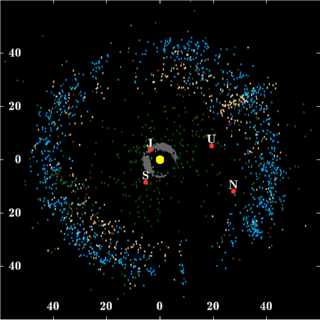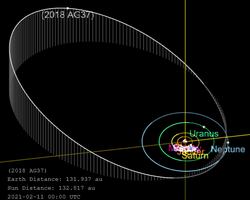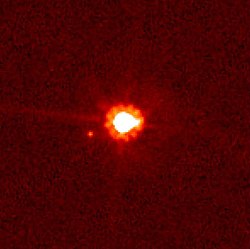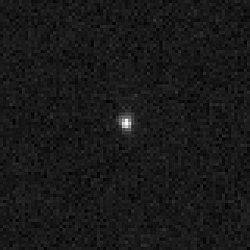Top Qs
Timeline
Chat
Perspective
List of Solar System objects most distant from the Sun
From Wikipedia, the free encyclopedia
Remove ads
These Solar System minor planets are the furthest from the Sun as of January 2026[update]. The objects have been categorized by their approximate distance from the Sun on that date, and not by the calculated aphelion of their orbit. The list changes over time because the objects are moving in their orbits. Some objects are inbound and some are outbound. It would be difficult to detect long-distance comets if it were not for their comas, which become visible when heated by the Sun. Distances are measured in astronomical units (AU, Sun–Earth distances). The distances are not the minimum (perihelion) or the maximum (aphelion) that may be achieved by these objects in the future.

Sun
Jupiter trojans (6,178)
Scattered disc (>300) Giant planets: J · S · U · N
Centaurs (44,000)
Kuiper belt (>1,000)
(scale in AU; epoch as of January 2026; # of objects in parentheses)
This list does not include near-parabolic comets of which many are known to be currently more than 100 AU (15 billion km) from the Sun, but are currently too far away to be observed by telescope. Trans-Neptunian objects are typically announced publicly months or years after their discovery, so as to make sure the orbit is correct before announcing it. Due to their greater distance from the Sun and slow movement across the sky, trans-Neptunian objects with observation arcs less than several years often have poorly constrained orbits. Particularly distant objects take several years of observations to establish a crude orbit solution before being announced. For instance, the most distant known trans-Neptunian object 2018 AG37 was discovered by Scott Sheppard in January 2018 but was announced three years later in February 2021.[1]
Remove ads
Notable objects
One particularly distant body is 90377 Sedna, which was discovered in November 2003. It has an extremely eccentric orbit that takes it to an aphelion of 937 AU.[2] It takes over 10,000 years to orbit, and during the next 50 years it will slowly move closer to the Sun as it comes to perihelion at a distance of 76 AU from the Sun.[3] Sedna is the largest known sednoid, a class of objects that play an important role in the Planet Nine hypothesis. The discovery of 2017 OF201 challenges the existence of the hypothetical Planet Nine as its orbit is anti-aligned to the calculated orbit of Planet Nine. It is suggested that the hypothetical planet would have ejected 2017 OF201 from its present-day orbit over times scales of less than 100 million years, though it could be in a temporary orbit.[4][5]
Pluto (30–49 AU, about 34 AU in 2015) was the first Kuiper belt object to be discovered (1930) and is the largest known dwarf planet.
Six original and eight additional ETNO objects orbits with their positions near their perihelion in purple, with hypothetical Planet Nine orbit in green
Remove ads
Gallery
- Notable trans-Neptunian objects
- Gemini North telescope images of 2018 AG37, the farthest known Solar System object as of 2025[update]
- Diagram of 2018 AG37's orbit, showing its location at aphelion
- Sedna viewed with Hubble Space Telescope, 2004
Known distant objects
Summarize
Perspective
This is a list of known objects at heliocentric distances of more than 80 AU. In theory, the Oort cloud could extend over 120,000 AU (2 ly) from the Sun.
- AU/yr indicates whether the object is moving inwards or outwards in its orbit, and the rate at which it does so.
- Distance and orbital elements are crudely estimated based on a short observation arc.
Remove ads
See also
References
Wikiwand - on
Seamless Wikipedia browsing. On steroids.
Remove ads





